The Year of Living Wildly
It has been another great year for the Alamo Sierra Club Outdoor program, we held 29 events engaging 327 participants.
The most popular events by far were the monthly educational series held at Hardberger Park, many thanks to Stan and Wendy Drezek for continuing to coordinate those! We gained some ethnobotany skills, learned about native grasses and how to catch and ID insects at Hardberger Park and also hiked a few miles to enjoy some wonderful sunsets at Government Canyon State Natural Area.
Some highlights from this past year’s events:
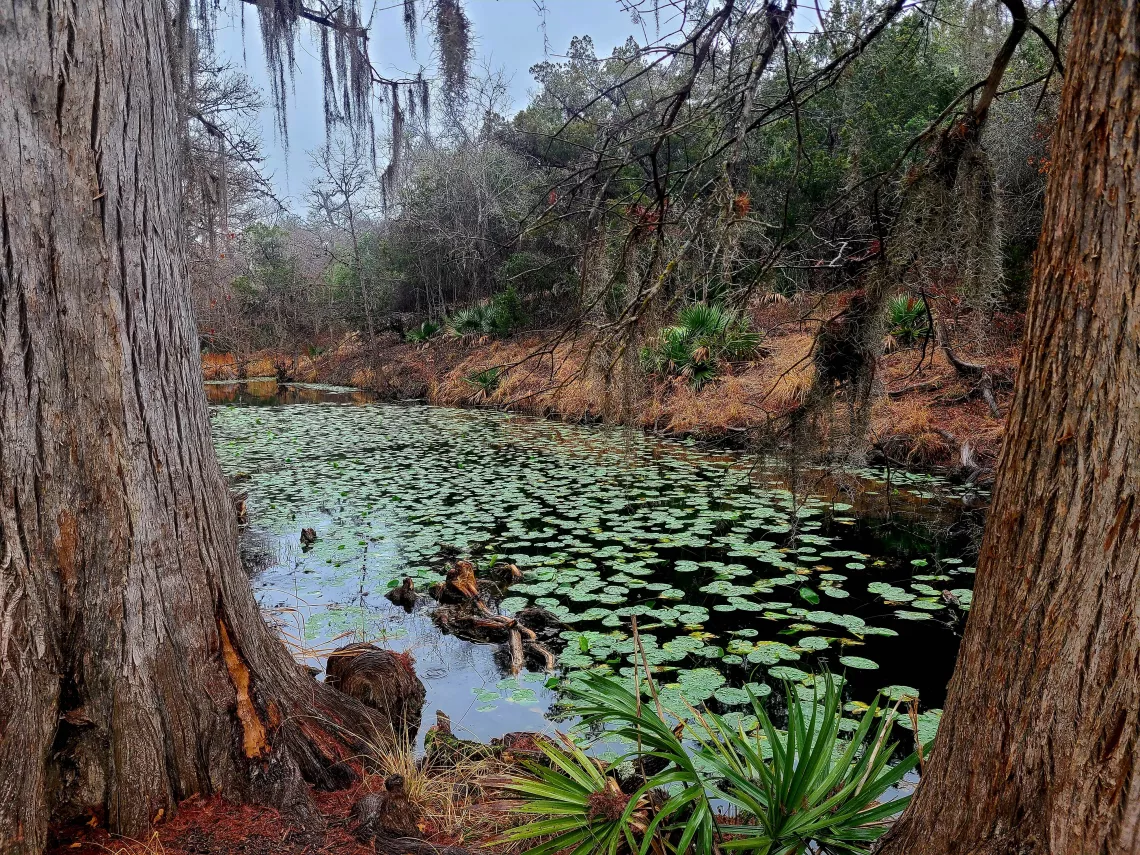
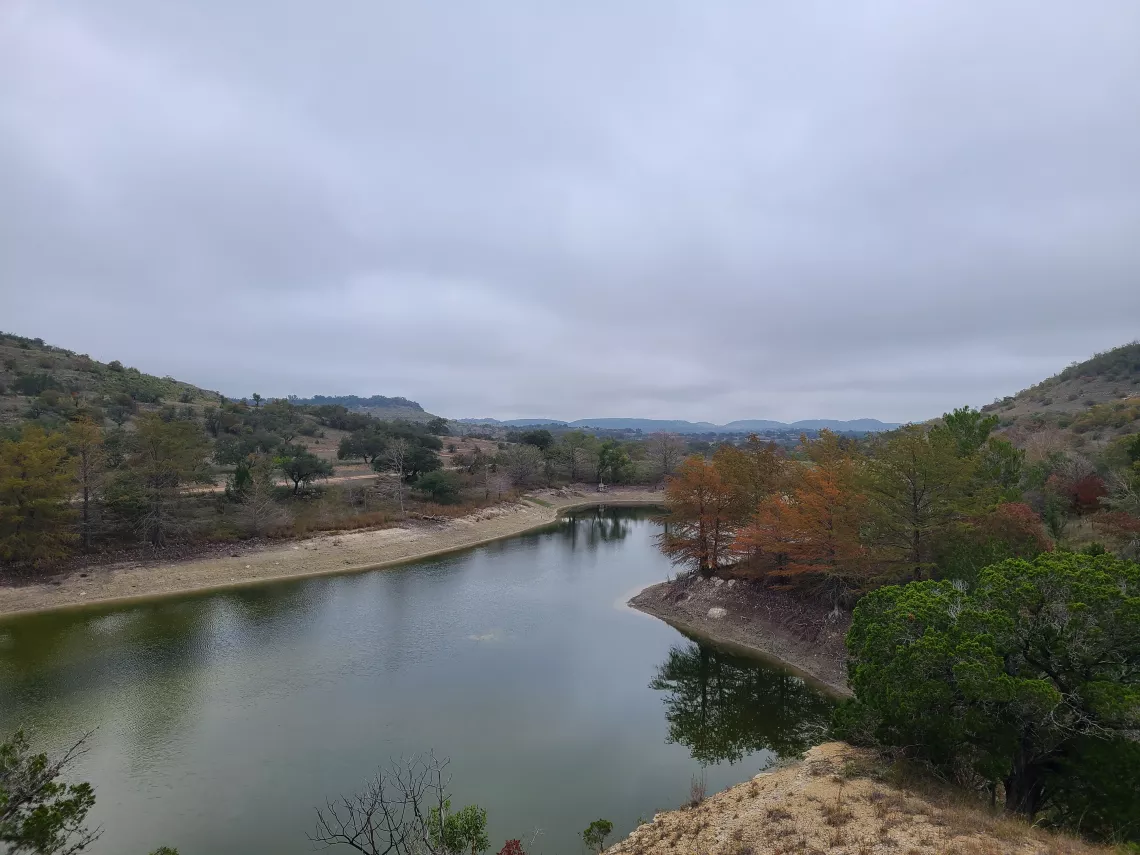
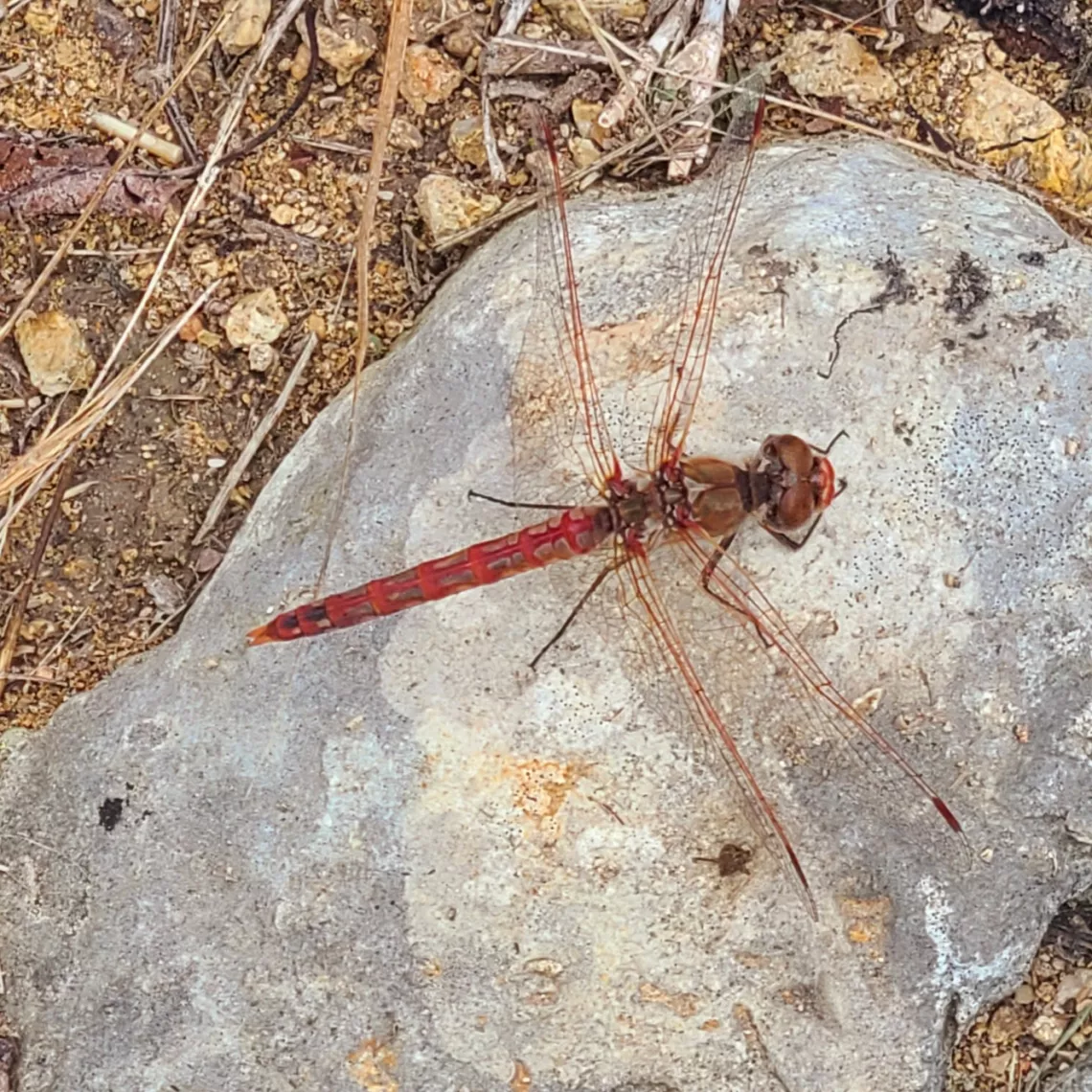
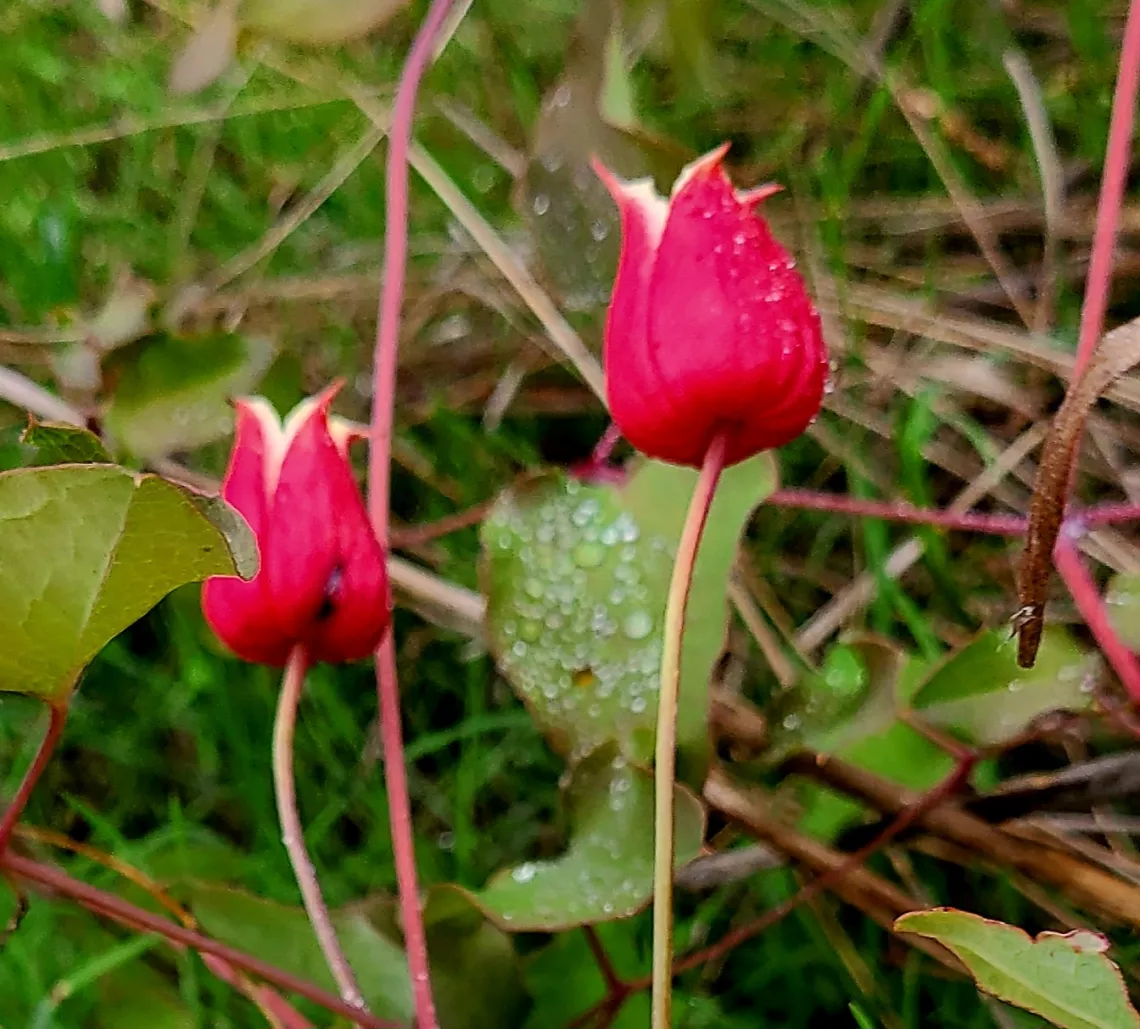
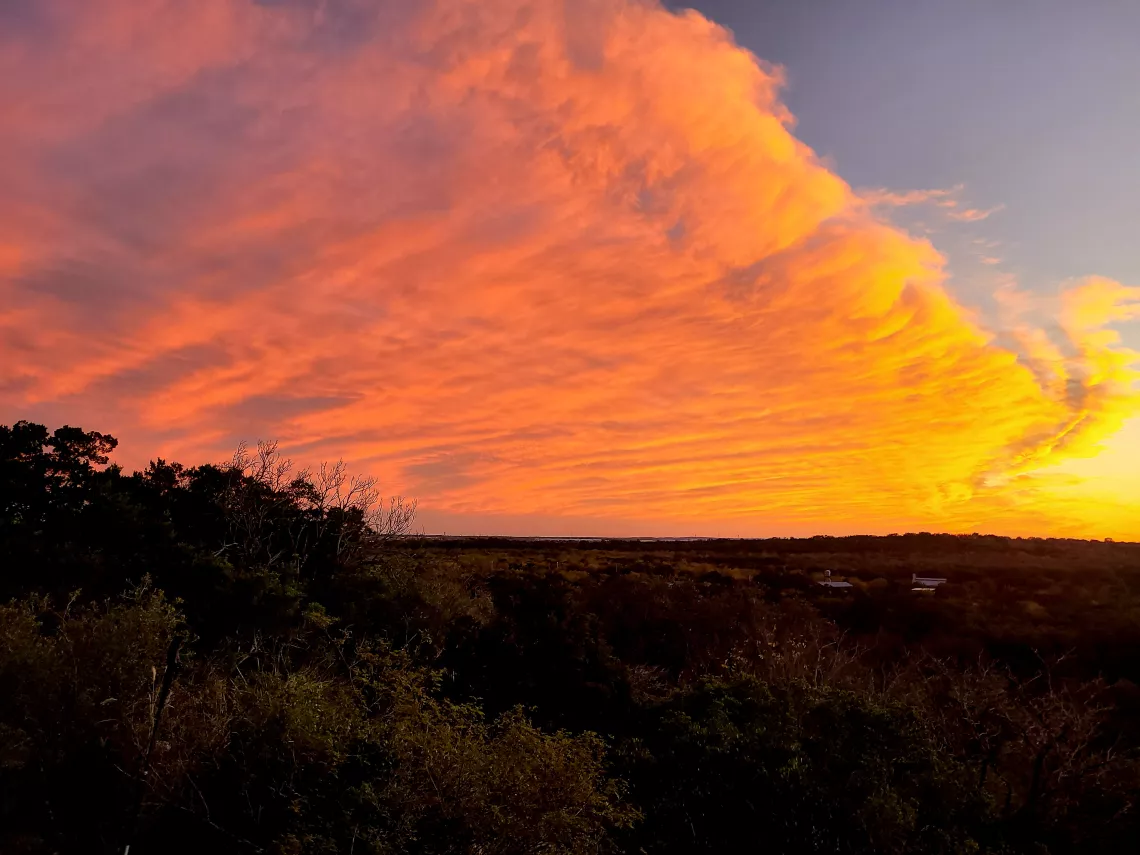
Please visit our event page to check out our calendar and sign up for future events!
We’ve been fortunate to have had the opportunity to partner with San Antonio Parks, The Native Plant Society of Texas, The Greenspace Alliance, Phil Hardberger Park Conservancy, Government Canyon State Natural Area, San Antonio River Authority, San Antonio River Foundation, Friends of Guadalupe State Park and Honey Creek State Natural Area, Friends of McAllister Park, Mitchell Lake Audubon Center, and the Alamo Area Master Naturalists.
We plan on continuing to provide a variety of hikes, participating in local cleanup events, and expanding our partnerships and educational events and growing our outdoors leader program. I’d also like to explore ways to tie in local and national political advocacy to our outings program.
The outings program would benefit greatly by the addition of more trained outings leaders. Steps to becoming a trained Sierra Club Local Outdoor Leader:
- Be a Sierra Club member
- Have First Aid certification equivalent to or higher than the American Red Cross
- Complete Outdoor Leaders Training – Basic OLT101
- Lead an event with, and be evaluated by a current Outdoor Leader.
- Receive approval from the Outings Chair
- OLT Training must be updated every 4 years. First Aid training must be updated every 2 years.
If there is enough interest, I would be open to organizing a group training session and can look into partnering with an agency to provide in person CPR certification. Please let me know if you have any interest in becoming an outdoor leader!
I welcome any suggestions for future events or agencies that would like to partner with our Outdoor Program. Feel free to contact me by email.
by Andrea Rodriguez, Alamo Group Outings ChairBetter Transportation in SA
Our January General Meeting features Joey Pawlick, Executive Director of Activate SA. Bring all your transportation woes and ideas to our meeting and we will see what ideas he has to make this an easier, safer, and better planned city in which to move around.
Tuesday, January 16th
6:00 pm
Meeting schedule
| Informal get-to-know-you | 6:00 pm to 6:15 pm |
| Announcements | 6:15 pm to 6:30 pm |
| Featured program | 6:30 pm to 8:00 pm |
Venue
This meeting will not be webcast on Zoom. Attend in-person at:
William R. Sinkin Eco Centro, 1802 North Main Avenue
Map
Program topic
Between safety (traffic crashes impact), planning and building for true multimodality, and generally rethinking how we think of plan for our streets – I can definitely tie these all together in my presentation. Of course, I will also tie this in with ActivateSA’s work of activating a connected, equitable, resilient, and safe community for all San Antonians through transportation advocacy, consensus building, and education.
If I may, I will spend a few extra minutes on our current work with the San Antonio Complete Streets Coalition and the City on updating San Antonio’s Complete Streets policy. We would love to also have the Alamo Group of the Sierra Club as a part of San Antonio Complete Streets Coalition!
About our speaker
Joey Pawlik is a native San Antonian and bike commuter, transit user, and walker who is passionate about building a safer, more protected, equitable, connected, and comfortable active transportation and transit network across San Antonio for people of all ages and abilities. With a background in constituent advocacy, community engagement, policy, nonprofit development, and transportation planning, he most recently worked at the Alamo Area MPO and State Representative Barbara Gervin Hawkins.
Joey has a Master of Science in Urban and Regional Planning from UTSA and a Bachelor of Science in Sociology, minor in Urban Planning from Texas A&M University. Joey is also a Dwight David Eisenhower Transportation Fellow.
Most importantly, ActivateSA advocates for a connected active transportation network that is safe, equitable, sustainable, and accessible so that all San Antonians can safely and comfortably recreate and access opportunity.
The Alamo Group of the Sierra Club holds its general meetings the 3rd Tuesday of most months. They're always free and open to the public.
View videos of our past meetings on our YouTube channel or our Facebook page.
The Fight for Water Begins
It was February, 2022 that I last wrote about our ongoing battle with Vulcan Construction Materials and the Texas Commission on Environmental Quality (TCEQ) regarding the proposed aggregate quarry in south central Comal County. A lot has come to pass since then.
I left off with news that TCEQ and Vulcan had appealed our unprecedented win in Judge Maya Guerra Gamble’s Travis County District Court to the Third Court of Appeals. Unfortunately, a three-judge panel of the Appeals Court reversed the district court ruling to strip the air permit from Vulcan Materials.
An unelected, retired judge: J. Woodfin Jones, sitting “by assignment” authored the opinion. The appellate decision effectively restored the TCEQ air quality permit, sidestepping contamination issues we and our partners, including Comal ISD and Greater Edwards Aquifer Alliance, have been raising since 2017. PHCE ultimately requested a rehearing on that decision, but it was denied, so we appealed that decision to the Texas Supreme Court (TSC). This past October, the court chose to ignore and dispose of our petition.
The decision was disappointing, but not unexpected. PHCEs board of directors, after lengthy discussions with our attorneys concurred that we have run the gamut on fighting the air quality permit. We feel that it would be more beneficial to our cause to pursue different avenues. Our capital would be better used to identify and fight a myriad of other issues including, but not limited to water, sensitive features (caves), and endangered species. The time, money, and resources that PHCE and all our affected parties, volunteers, supporters, and donors have invested should be spent tackling these issues, perhaps even following through at the federal level if prudent. Our attorneys are looking at all available options.
Our tech teams have been researching additional opportunities in the fight for water and other natural resources. These resources are abundant on the proposed quarry site, formerly known as the White Ranch.
White Ranch, 1500 acres (2.3 square miles) of pristine Texas Hill Country rangeland, sits in the middle of Comal County amidst caves, rivers and streams, wildlife, and fauna. The ranch sits under the migratory paths of bats, monarch butterflies and whooping cranes. Numerous legacy ranches and homesteads are nearby along with Indian remains and artifacts on neighboring properties and in adjacent caves. The property itself extends southwest nearly three miles from the corner of State Highway 46 and Farm-to-Market 3009. This land is one of the largest pieces of undeveloped property in the county and is in unincorporated territory midway between New Braunfels and Bulverde.
The most likely next step for Vulcan is to obtain a Water Pollution Abatement Plan (WPAP). Of the utmost concern, White Ranch sits entirely atop the Edwards Aquifer Recharge Zone (EARZ). Fortunately, Vulcan must prepare and apply for a WPAP under the TCEQ’s Edwards Aquifer Protection Plan (EAPP). The EAPP outlines the best management practices that will be implemented and maintained to reduce the amount of contaminants reaching the Edwards Aquifer. The WPAP has numerous components and requirements that must be satisfied before TCEQ will deem the application administratively complete. Once complete, the TCEQ will start the technical review process. This process kicks off notification to affected cities, counties, and groundwater conservation districts, and the 30-day public comment period begins. The process repeats itself... We are now in a fight for water.
Limestone formations exposed in the recharge zone contain sensitive karst features like caves and sinkholes that quickly allow surface water to enter the Edwards Aquifer with very little-to-no filtration of pollutants. The aquifer provides drinking water to over 2 million people and must therefore be protected.
Not only does White Ranch sit atop the EARZ but the West Fork Dry Comal Creek runs through it, converging downstream with the Dry Comal Creek before merging with the Comal River in New Braunfels. The Comal River is fed by springs from the Edwards Aquifer and is home to several endangered species. The clear, temperate waters of the Comal are widely used for recreational swimming and tubing activities before discharging into the Guadalupe River. Dry Comal Creek and Comal River are essential natural resources in Comal County, supporting economic development and recreation in the city, as well as agricultural operations and wildlife throughout the area.
Comal County has numerous waterways — Dry Comal, Cibolo, Rebecca, and Honey creeks; Comal and Guadalupe rivers; Comal and Hueco springs, the Trinity and Edwards aquifers; and Canyon Lake. If any of these water sources becomes polluted or is irreparably harmed, the others are in danger as well.
A quarry (Vulcan) sitting in the middle of all these water resources would present numerous challenges to these many interlinked systems, leaving our community exposed to water quality and quantity sustainability issues.
TCEQ stood with industry, and the Third Court of Appeals and Texas Supreme Court stood with TCEQ over citizens and allowed the permit to be issued without adequately considering the impacts on the environment, our natural resources, and the health of the community.
Aggregate product is essential to the growth of Texas, but it is best produced in an industrial setting using common-sense, environmentally protective practices. The White Ranch is not an appropriate location. The sensitive features that comprise the White Ranch and ultimately affect the citizens of Comal County and New Braunfels need to be protected and preserved.
PHCE Foundation and its board of directors extend a heartfelt Thank You to all the many volunteers, organizations, supporters, and donors that have advocated and funded the ongoing crusade for our natural resources. Thank you to our state representatives and government officials who are fighting for us as well. We are eternally grateful, and could not continue our mission to preserve, protect and restore the land, water, air, wildlife, and the geological formations that make Comal County and the Texas Hill Country unique without your dedication, resilience, and determination.
Understand what our Texas Hill Country stands to lose. For more information go to www.stop3009vulcanquarry.com. Support this worthy cause at the Bluebonnet Extravaganza Dinner & Auction on April 13, 2024 or donate at Preserve Our Hill Country Environment.
by Ms. Milann Guckian, President of Preserve our Hill Country Environment Foundation, DBA Stop3009VulcanQuarry and Friends of Dry Comal CreekMoosehorn National Wildlife Refuge in Downeast Maine, and a Book: Beaver Land
This refuge is in the far eastern corner of Maine (we can search a bit and see why this area is called downeast). Here is the refuge's website with area map, and from there go to the visiting pages with maps. No camping at Moosehorn but there is at Cobscook Bay and Quoddy Head state parks to the south and private campgrounds. The pictures below were all taken summer 2023.
With the decline in lumbering, shipbuilding and fishing industries the population in this area dropped sharply. Throughout the refuge there are what might be old logging roads, some partially maintained for official use. There is an abandoned railroad track going maybe entirely N-S through the refuge, connecting with a W-E track along the St. Croix River (4th picture), the latter was removed to make a nice paved trail.
The next three pictures are in the Baring Division of the refuge which includes the headquarters. The Edmunds Division further south is less developed; tried to hike there in 2023 but got into thick brush on an old logging road and gave up. Better for wildlife than hikers.
The first picture is on a nice maintained route that detours off the paved highway past a bunch of marshes and ponds. Saw a number of presumed beaver constructed homes along this route and elsewhere but no beavers sorry to say.
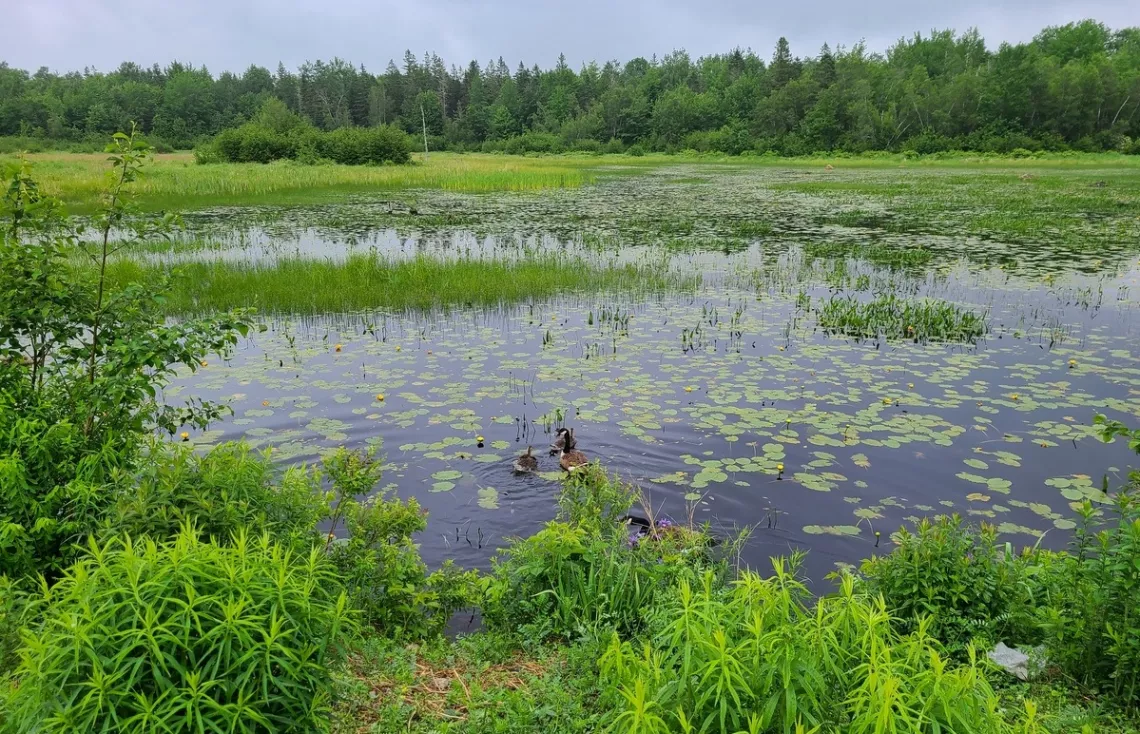
The next two pictures are along Beaver Trail, a route west off Charlotte Rd. Closed to public vehicles but maintained so easy walking.
Early September 2023, my wife and I were going to start back to Kerrville in a few days. So going to Calais for shopping anyway, why not hike a little ways along this route not bothered with before, maybe a last hike? Saw these nice vistas and others though no beavers. Then noted the map shows the route goes to South Ridge Rd, I'll go see what that is about, just a little further.
Oh then the map shows we can continue to South Trail which ends, that's odd, but surely bushwack out to the highway no prob. And my old Garmin phone map showed that bit continued to the highway. Make a loop out of this. I walked on and got nearly to the highway where the old logging road or whatever cut across a now missing little bridge. Oh well only wading 2' deep, not cold. What a worthwhile adventure idea!
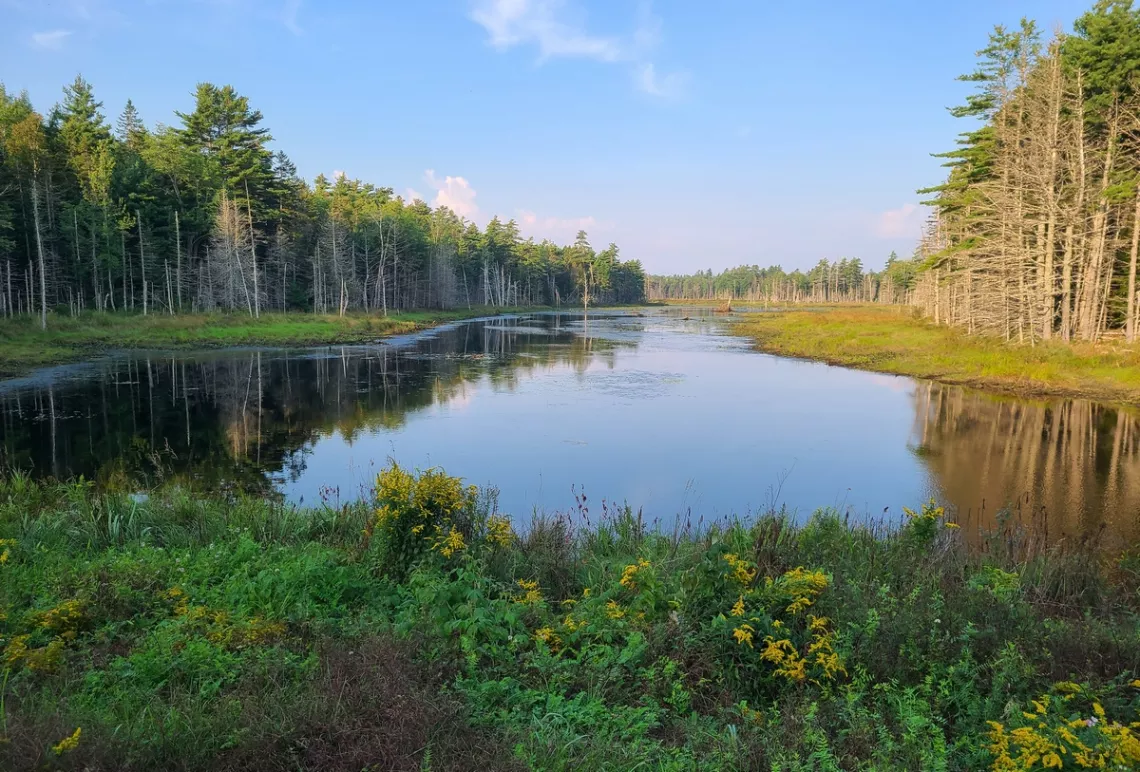
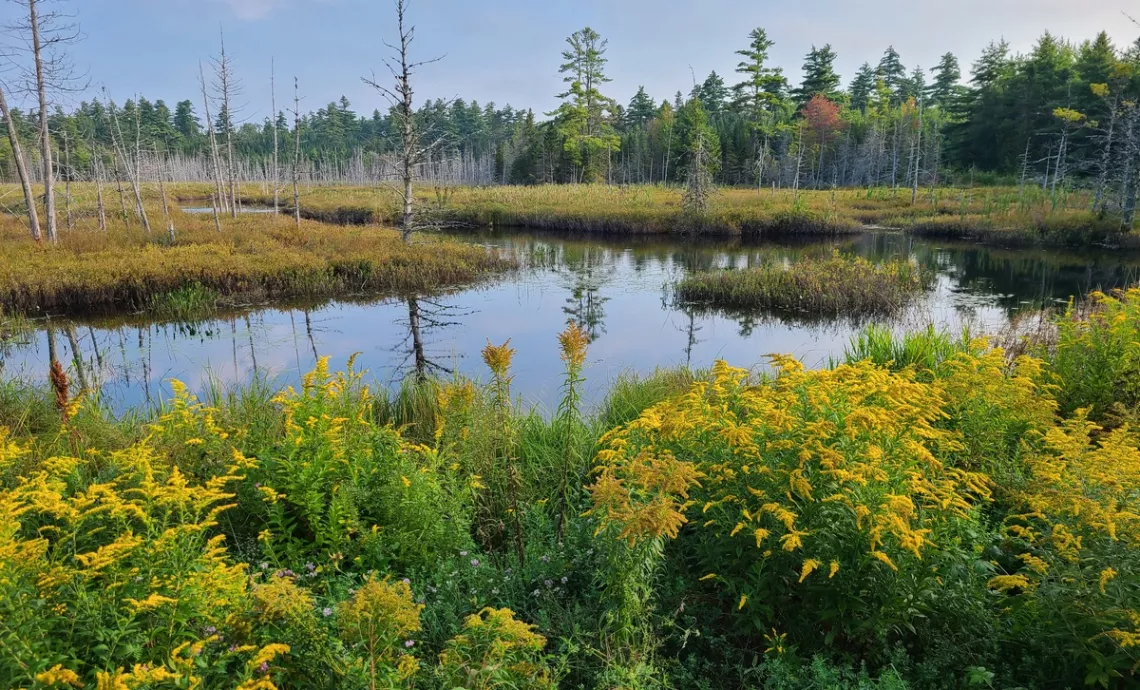
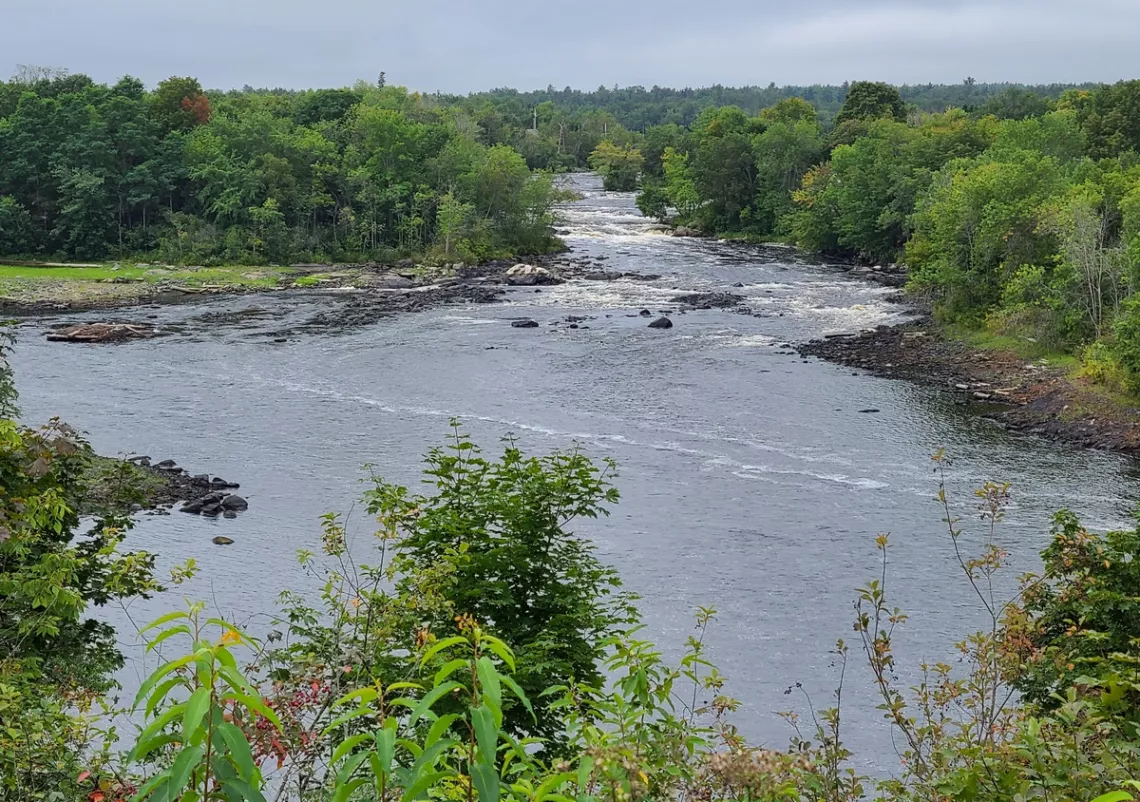
The last picture is a typical scene early summers along the Pennamaquan River. This flows south past our house in Pembroke, not far south of Moosehorn. The water goes to Cobscook Bay which goes to the Bay of Fundy. Knew that the highest tidal range in the world is in Bay of Fundy, but exactly where? A search shows us that is 38.4' at Burntcoat Head on the Bay of Fundy, Nova Scotia. The highest in the US is 30.3' at Sunrise, Cook Inlet, Alaska.
On a 2016 trip I visited Nova Scotia, quite excellent experiences, a few pictures in this newsletter September 2020. If had known would have detoured a bit on that trip and got pictures at Burntcoat Head.
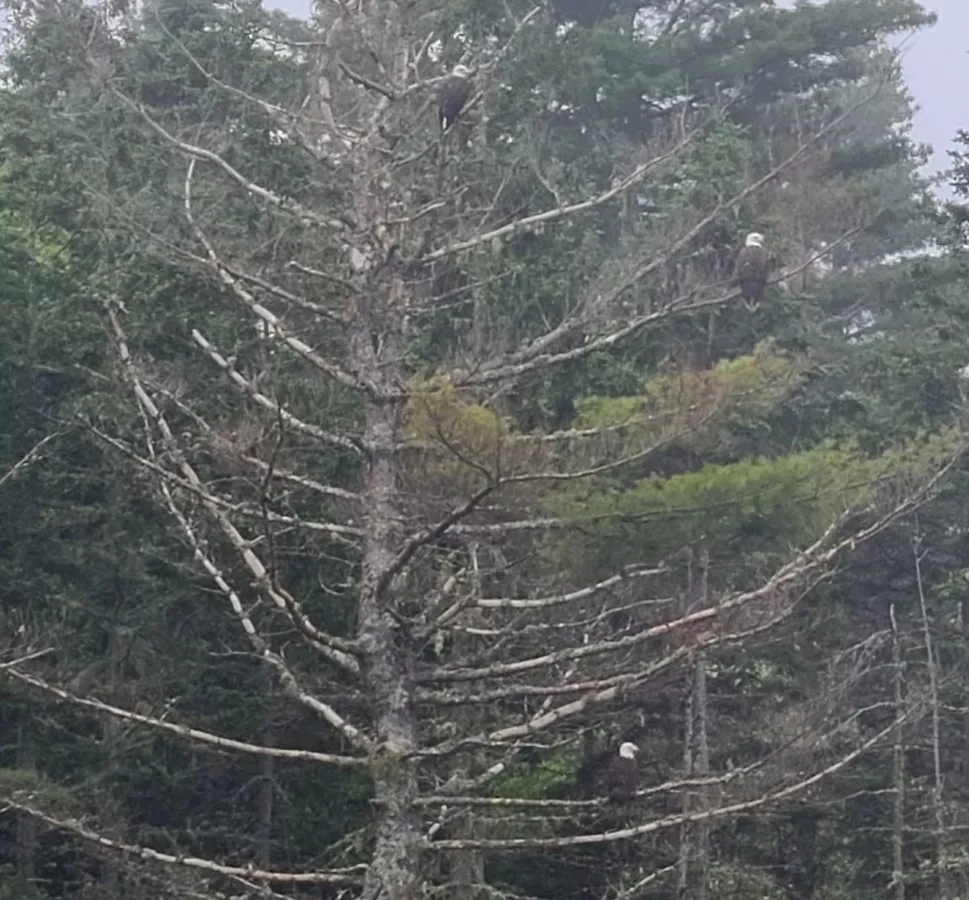
Beaver Land – How One Weird Rodent Made America by Leila Philip
We imagine we've learned about how important beavers are to biodiversity, having read about their role as keystone species due to being ecosystem engineers and so on. This great book elaborates on all that, providing detail and examples about how that all works. Extremely readable; now imagine I have a better picture of the watershed work done by these animals. I found this book at the library in Pembroke and so was thinking a lot about beavers when doing the hike mentioned above in Moosehorn. The San Antonio library has a copy.
Some particular bits
About Chesapeake Bay, where shipping was possible upstream in 1717 until clearcutting resulted in erosional sediment flow that filled bays. Beaver habitat had been decimated.
Are beavers smart? Studies and stories of their behavior. Their engineering work is described in detail, I was surprised about the complexity of that, generations of beavers building on an installment plan. Comparisons of beaver brain anatomy with other animals.
Specifics about what we are looking at when touring beaver engineering sites, and our construction of waterflow diversion structures. Widespread installation of what are called pond levelers, intended to alleviate flooding issues without alienating beavers. Interesting info about other diversion structures involving big logs that moderate catastrophic floods though do not impair normal water flow. Seems we have learned some stuff from beavers. How much beavers could save us if were allowed to do more of this themselves, but we have bigger machinery than they.
Traveling with a professional beaver trapper paid to remove ones causing problems for farms and residential areas. This seemed problematic, but I learned there are various facets to this story. And the trapper used all of the beavers, nothing went to waste. We might remember this is arguably not so much about beavers, but instead about Homo sapiens, the most invasive organism on Earth. The North American beaver has recovered well in many areas, after being nearly exterminated by 1900. But the population is far less than it is estimated to have been prior to arrival of H. sapiens.
One story about a guy who had ten pet beavers living in his house. They would move furniture and carpets around and respond to him rather like cats and dogs would.
Epilogue – The Story of the Book
Chapters are revisited briefly, providing additional bits of background that fill in around the stories. Longest beaver dam in the world! 2790' (link provided in the book) in northern Alberta. Most of us likely have only seen dams 10' or so, if remember where saw any at all.
Enos Mills was spokesman for US Forest Service 1907-1909 and published In Beaver World in 1915. He came into conflict with Theodore Roosevelt, whom he felt was unduly influenced by Gifford Pinchot, head of USFS, who emphasized resource extraction. From Beaver Land:
[Mills] included affectionate anecdotes of his pet beaver, Diver. He describes Diver accompanying him on his travels, perched on top of a pack saddle. Whenever the young beaver saw Mills saddling his horse, he would fling his arms up like a toddler and cry piteously until Mills reached for those beaver arms and picked him up to place him in the saddle.
For another Roosevelt bit see The Lesson of the Kaibab in the February 2022 issue of this newsletter.
Other books referenced in Beaver Land or about beavers
Braiding Sweetgrass by Robin Wall Kimmerer
Hope, Human and Wild by Bill McKibben
Lily Pond - Four Years With a Family of Beavers by Hope Ryden
Useful web pages about the North American beaver (Castor canadensis)
Wikipedia, Sierra Forest Legacy, iNaturalist.
by Kevin Hartley, Sierra Club Life MemberBill's Environmental Briefs
This is a “mast year” for oaks. A mast year occurs every two to five years during which an extraordinary number of acorns are produced. The theory is that this is a strategy to make sure some of the fruit of the tree survives to engender more trees. If the same amount of fruit were produced each year, the population of squirrels, deer and other consumers would grow to meet the available food supply.
European Union’s Copernicus Climate Change Service scientists are "virtually certain" that 2023 is the warmest year on record, i.e., in 125,000 years. The sense of urgency for ambitious climate action going into COP28 has never been higher.
Starting in 2024, Seville, Spain, will begin installing bus stop shelters that can reduce temperatures by as much as 36°F. The shelters combine solar power and underground water cisterns to achieve comfort for waiting transit users.
Carbondale, Colorado, is installing a geothermal energy system to heat and cool a 16-acre section of its downtown core. The geothermal system would provide at least 50% of the heating and cooling for the area, which includes the community center, a town administration building, the high school, a library, 20 townhouses and 20 condominiums.
Whisper Valley, a new subdivision located in far eastern Travis County, is built with with solar panels, Tesla Powerwalls and EV chargers. Instead of air conditioners, every home has a HVAC system that cools geothermally using a pipe going down about 30 feet into the ground. At this depth, the temperature stays a constant 72-74 degrees in Central Texas.
Many people are surprised to learn that the official temperature for a city is measured in the shade. If the thermometer were in the sunshine, the temperatures would obviously be a lot hotter!
by Bill Barker, FAICP, FITE, Alamo Group Executive Committee memberEssay on Rifkin’s The Age of Resilience
Jeremy Rifkin is a visionary economist and advisor to governments, including China, the European Union and the U.S. Senate. He is the best-selling author of 22 books translated into 35 languages.
In 2009, Rifkin was invited to San Antonio by Mayor Hardberger and CPS Energy to speak on a vision for our energy future. The ideas he laid out on the transition of the U.S. energy system to renewables have had a lasting impact on our city.
His 2022 book, The Age of Resilience – Reimagining Existence on a Rewilding Earth provides another leap forward in making sense of what is already a very difficult 21st century for humanity and earthly life. There are presently over 20 million climate refugees every year, according to the U.N.
The first half of the book shows how western nations began down the path of industrial civilization. It started with thinkers Rene Descartes, Isaac Newton, and others, who imagined a static universe where humans are separate autonomous conquerors of the earth. This flawed worldview later spread into Adam Smith’s economic theories and into the business practices of Europeans and the West.
In the 19th and 20th centuries, science developed the laws of thermodynamics, which ultimately showed that humans are not separate but clearly part of nature, constantly changing and moving towards entropy, like all other beings.
However, business practices of the 20th century ignored the new science and continued down a path which considers each business transaction as an isolated event, ignoring the consequences which result from it; and considers the earth as a separate object to be plundered for short-term profits. The natural result of 250 years of such practices is the global environmental crisis we have stumbled into.
For hundreds of thousands of years, humans lived off the bounty of nature, creatively adapting to extreme environments. Only in the last 10,000 years, when the climate stabilized after the last Ice Age, have we attempted to disconnect ourselves from the air, water, soil and plant life that all life depends on.
Related historical factors which have led to our profound damage to the biosphere include the doctrine of efficiency, which has been taught in U.S. and other business schools since the early 20th century. This gospel holds that the goal of business is to maximize profits by treating workers not as humans but as objects. Amazon is a “prime” example of this common approach: it keeps its warehouse workers under surveillance to make sure they do not take more than 18 minutes for breaks during an 11-hour day. The resulting efficiency has yielded $170 billion in profits for its owner, Jeff Bezos; and a lot of injuries and misery for its workers.
Rifkin shows how capitalism is in decline and is changing to a “digitally interconnected and distributed sharing economy” which eventually will be outside the control of national governments and global corporations.
Capitalism runs on efficiency and consumerism powered by advertising, leading to environmental destruction. Besides the oil industry, another good example is the fashion industry, which is responsible for 10% of all global warming emissions and is the second largest water polluter. It runs on cheap labor with no environmental standards. The industry promotes constantly changing fashion leading to more purchases. This system results in massive waste, using annually 44 trillion liters of water a year for irrigation, and 2500 chemicals in manufacture.
Capitalism never wants to pay workers more than it has to, so the gap between the rich and everybody else has widened. The bursting of the housing debt bubble in 2008 would have caused capitalism to collapse but for government bailouts of the banks. Such bubbles repeatedly arise from unsustainable debt. Americans, whose wages have not risen since the 1970’s, were $14.3 trillion in credit card debt as of 2020, a historic high.
Rifkin explains that in the Third Industrial Revolution which is unfolding, humanity will necessarily move beyond capitalism. The workforce of the 21st century will increasingly center on stewarding the biosphere (the air, water and soil on which all life depends). There will be millions of new jobs to monitor and steward ecosystems, to address climate related disasters, and to create resilience and adaptivity in communities.
The new economy will have to deal with the unexpected, since we do not know how global warming and other environmental challenges will unfold. This will require humans to revert to the skills of our primitive past in which we creatively adapted to harsh and changing environments. “Resilience” here for organizations means strengthening by keeping options open, valuing heterogeneity and diversity, and viewing events in a regional rather than local context, It means realizing that we cannot precisely predict the future but must develop a capacity to devise systems that can absorb and accommodate future events in whatever unexpected form they may take. The 21st century will also see the development of complex adaptive social/ecological systems. Humans will respond to the environmental crises by “the initiation of a series of physiological, behavioral, ecological, and genetic changes that restore their ability to respond to subsequent unpredictable environmental changes.”
The computing power of ubiquitous cellphones, GPS technology, renewable energy distributed to millions of homes and businesses, electric vehicles, and other factors will help create a sharing economy, not based on profit but on mutual benefit. Early examples of the sharing economy are Uber, Wikipedia, Airbnb – over time the sponsoring middlemen will be cut out. The global oligopolies like Google, Apple and Facebook, which are built on selling users’ personal data, will be phased out as governments regulate antitrust and privacy issues. Europe has already begun doing so.
This new economic system, the first to develop since capitalism and socialism in the 18th and 19th centuries, will value QLI (quality of life indicators) over GDP (gross domestic product, which measures all economic activity). It will require that humanity realize that it is kin to and dependent on all of life, and not separate or superior to other life forms. It will focus on restoring the air, soil, and water of the earth. Humans will reject consumerism and endless acquisition and redefine what makes a successful life.
Rifkin sees the beginnings of much greater participation by citizens in the management of their communities in what he calls “distributed peerocracy.” In order to steward our local bioregions through the climate emergencies, we need “a species-wide commitment to collectively participate in strong peerocratic governance.” This means every person must be involved. The idea is not Descartes’ “I think, therefore I am,” but “I participate; therefore, I exist.” To achieve this participation requires the expansion of “biophilic consciousness”: the feeling of deep empathic resonance with all of life – which is already rising in the younger generation.
The Age of Resilience is an exciting book, full of hope for the future, based on science and new thinking, on how we will preserve and strengthen life on earth in the face of the 21st century challenges.
submitted by Darby Riley, Alamo Group Political ChairFrom the e-Mailbag
From time-to-time, the Alamo Group receives messages concerning local environmental issues. If you have thoughts on any of these issues, send us a message and we'll forward it to the writer.
The views and opinions expressed here are those of the individual authors and do not represent the views or opinions of the Alamo Group or its members.
Remembering an Alamo Group founder
Editor's note: pursuant to our Lee Carr memorial in last month's edition, one of our members adds the following:
Early executive committee meetings were often held in Lee and Charles' living room. Together, they provided important early support for the successful effort to designate 196 miles of the Rio Grande as a "Wild and Scenic River".
submitted by Carol P.Security and sustainability forum
Recalibrating Our Economic Compass: Embracing Circularity for a Healthy Planet | Tue, Jan 23, 2024 10:15 AM - 11:45 AM CST
submitted by Joan C.
Outings: The Call of the Wild
Visit the Alamo Sierra Club Outings page on Meetup for detailed information about all of our upcoming Sierra Club Outings.
The Alamo Sierran Newsletter
Richard Alles, Editor
Published by the Alamo Group of the Sierra Club, P.O. Box 6443, San Antonio, TX 78209, AlamoSierraClub.org.
The Alamo Group is one of 13 regional groups within the Lone Star Chapter of the Sierra Club.
Changed your contact information?
If you're not sure whether the Sierra Club has your current email address, send an email to Member Services with your name and address and/or member ID (see Locating Your Member ID) so they can add your email address to your member record.
Have you moved? Let us know by sending your old address, your new address and your member ID to: address.changes@sierraclub.org.
Go online for the latest news and events
 |